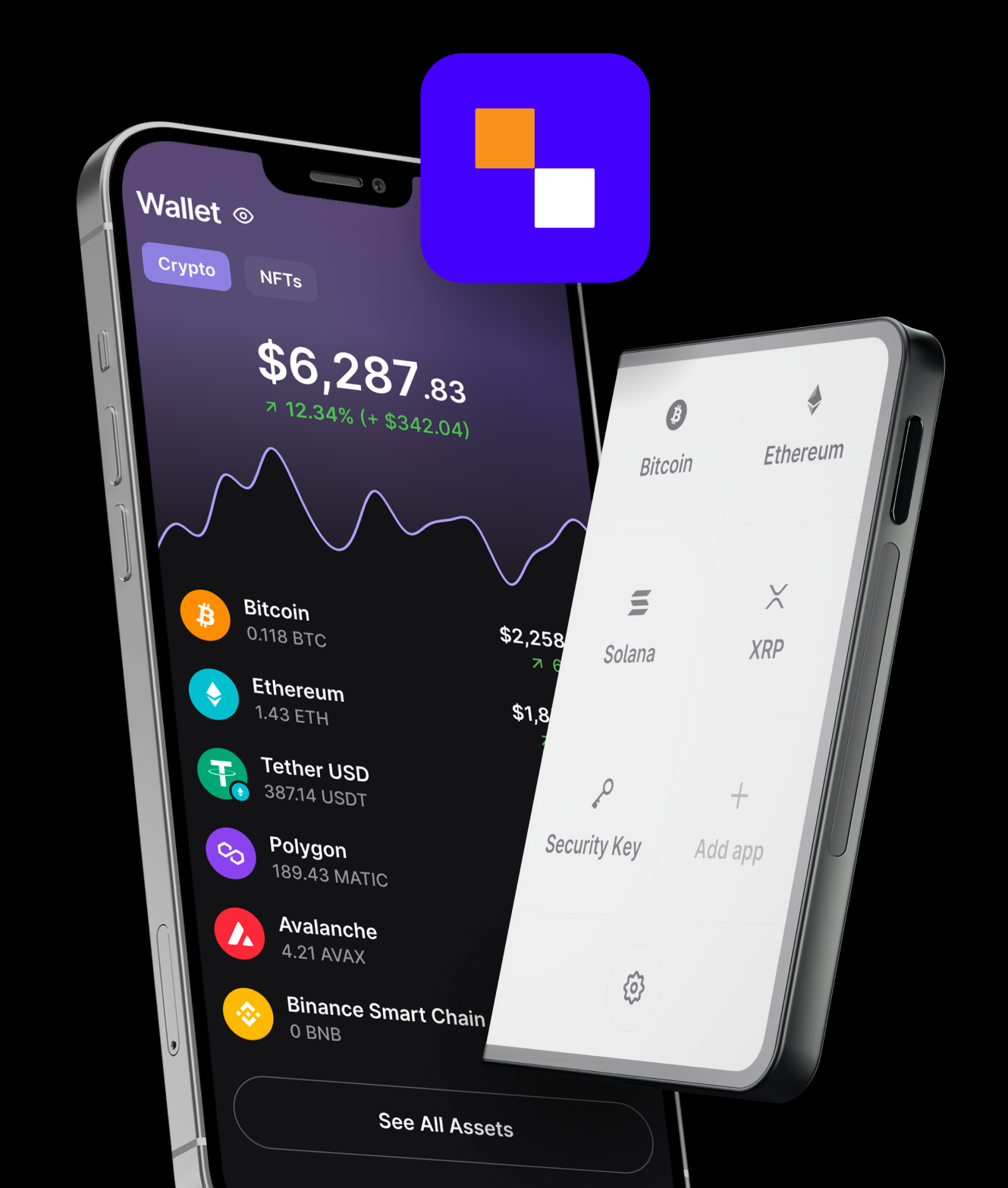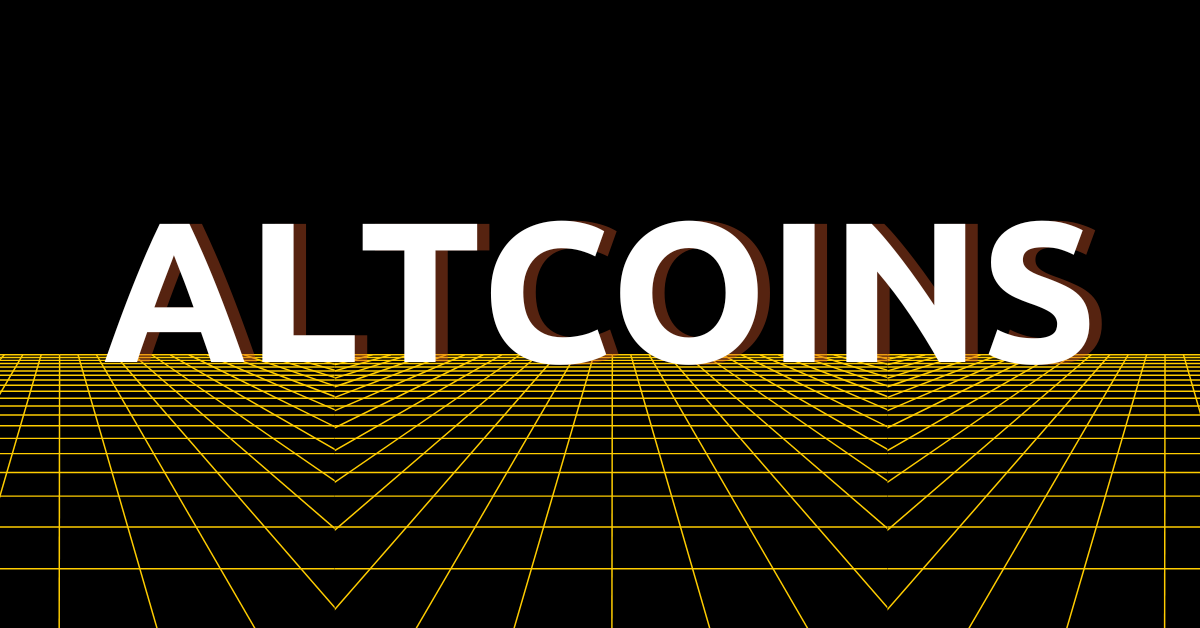3 SHORT KEY TAKEAWAYS
- A crypto wallet stores your private keys, not coins — it gives you control over your digital assets.
- In 2025–2026, wallets are smarter, safer, and easier to use than ever, integrating identity, AI, and account abstraction.
- Mastering wallet use is essential for secure, sovereign participation in the crypto economy.
Cryptocurrencies have matured far beyond speculative assets. In 2025, they’re part of mainstream finance, powering everything from digital identity to tokenized real-world assets. Yet despite their growing role, one question still confuses many entering the space: what is a crypto wallet?
As digital assets move toward broader adoption, understanding how crypto wallets work — and how they’re evolving — is no longer niche knowledge. Whether you’re holding Bitcoin, interacting with decentralized apps (dApps), or navigating Layer 2 ecosystems like Arbitrum or Base, your wallet is your gateway to ownership.
This article breaks down what crypto wallets are, how they function in 2025–2026, and why they matter more than ever in a world where financial control is increasingly digital and decentralized.
The Core Function: Crypto Wallets as Key Managers
At its simplest, a crypto wallet doesn’t actually store coins. Instead, it stores the private keys that allow you to access, send, and receive digital assets on a blockchain.
Think of it like this:
- The blockchain is the global ledger where your funds live.
- The wallet is your tool to interact with that ledger securely.
Each wallet contains a public key (your wallet address) and a private key (your access pass). Owning the private key proves ownership of the assets associated with that wallet — and if you lose that key, you lose access.
This fundamental principle hasn’t changed since Bitcoin’s inception. But by 2025, how wallets operate and how users interact with them has evolved dramatically.
Hot, Cold, and Smart: Wallet Types in 2025–2026
By 2025, the crypto wallet landscape is more diverse than ever — and significantly more user-friendly. Wallets now fall broadly into three categories: hot wallets, cold wallets, and smart wallets, each serving different use cases.
Hot Wallets
These are connected to the internet and typically used for active trading, DeFi, and NFT interactions. Examples include:
- Browser-based wallets like MetaMask, Rabby, or Phantom
- Mobile wallets such as Trust Wallet, Rainbow, or Coinbase Wallet
In 2026, these wallets are increasingly integrating multi-chain support, social login features, and AI transaction scanning to help users avoid phishing or malicious contracts.
Cold Wallets (Hardware Wallets)
Cold wallets are offline devices used for long-term, secure storage. Popular brands include Ledger, Trezor, and GridPlus.
They protect your private keys from online threats and are essential for serious investors or those holding significant value. The rise in wallet-draining malware and exchange insolvencies has made cold storage a standard best practice by 2025.
Smart Wallets and Account Abstraction
A major innovation in 2025 is the rise of account abstraction — making wallets programmable and flexible. Smart wallets allow:
- Transaction bundling
- Gasless transactions
- Social recovery (e.g., using friends or services to help you recover access)
These wallets reduce friction and bring crypto closer to Web2-like usability without compromising decentralization. Projects like Safe (formerly Gnosis Safe) and Argent are leading the charge.
Security in a Post-FTX World
The collapse of FTX in 2022 was a wake-up call. In 2025, “not your keys, not your crypto” is no longer a crypto Twitter cliché — it’s a financial reality.
Relying on centralized exchanges to store digital assets has proven risky. Wallets put control back in the hands of users, but with that comes responsibility.
Security in 2025–2026 includes:
- Seed phrase protection: Still relevant, but slowly being augmented by encrypted backups and biometric-secured recovery.
- Hardware wallets + multisig: Standard for institutional or high-net-worth holders.
- AI security layers: Newer wallets include behavior monitoring to flag suspicious transactions in real time.
As phishing scams become more sophisticated — often using deepfakes or AI-generated social engineering — wallet security is not just technical, but behavioral. Wallets that educate users and monitor risks are now winning market share.
Wallets as Portals to Web3 and Beyond
In 2026, your crypto wallet is more than a vault — it’s your digital identity. Wallets serve as:
- Passports for logging into dApps
- Hubs for NFTs, game assets, and on-chain credentials
- Payment tools across decentralized finance and traditional merchant systems
Projects integrating decentralized identity (DID) standards now link wallet addresses to user profiles, credentials, and even AI agents acting on your behalf — securely and verifiably.
Wallets are also playing a role in CBDC experiments, with some national digital currencies allowing integration into user-controlled wallet apps, bridging state and private crypto ecosystems.
Also read: How to Use a Hardware Wallet
The UX Leap: Wallets Are Finally User-Friendly
One of the biggest changes in 2025–2026 is how easy wallets have become to use. Previously clunky and error-prone, modern wallets now feature:
- Intuitive onboarding with email or social logins (using smart contract wallets)
- Gas fee suggestions and subsidies
- Cross-chain bridging without leaving the wallet
- AI-powered fraud detection and real-time alerts
This evolution is essential as crypto moves beyond tech-savvy early adopters. The goal is clear: make crypto wallets invisible in complexity, but powerful in capability.
Conclusion: Crypto Wallets Are the Future of Digital Ownership
Understanding what a crypto wallet is — and how it works in 2025–2026 — is more than just technical know-how. It’s a step toward financial sovereignty in a decentralized world.
As digital assets integrate deeper into everyday life, the wallet becomes the single most important tool for interacting with value, identity, and innovation. Whether you’re a first-time buyer or a builder deploying smart contracts, your wallet is your key — literally and philosophically.
In a world of growing digital dependency, knowing how to secure and use your wallet means protecting your digital life.




